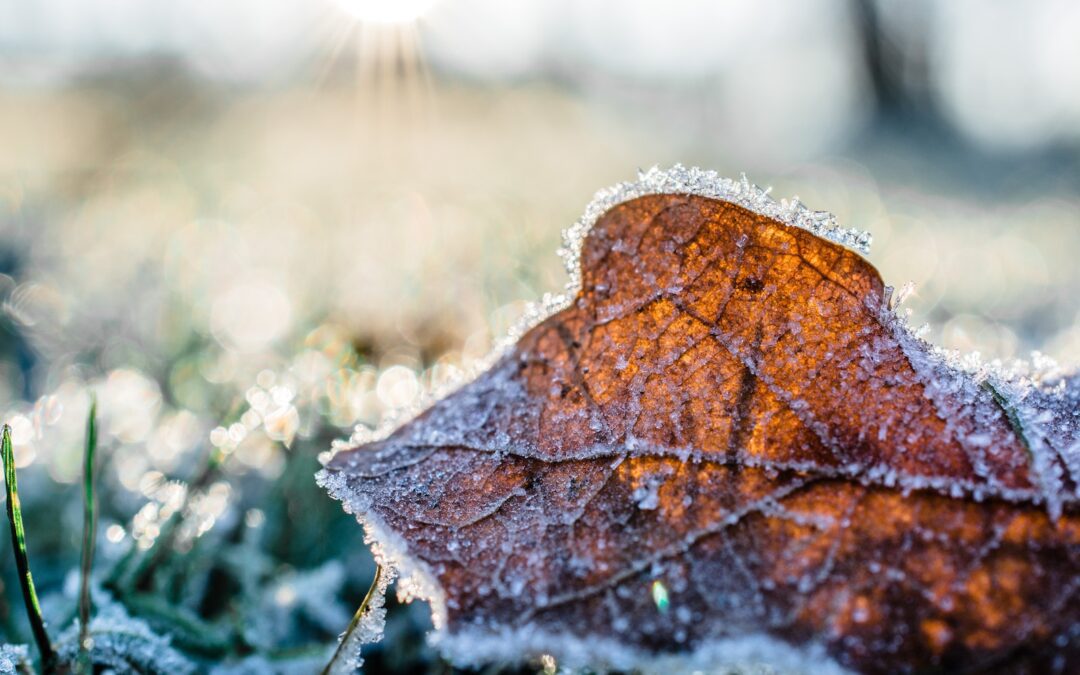Some individuals think that when the seasons change and the climate starts reaching cooler temperatures and the leaves begin falling, it is time to do away with gardening tools and wait up until the following springtime to care for their garden again. Wrong. The winter season is a vital time to start winter garden preparation and care for your garden’s health as well as assure you will have an excellent crop in the next season. You might think that might require too much time to prepare your yard, however, the reality is that it only takes one day or less to prepare your yard and garden for the upcoming winter months.
Frost
When the night temperatures drop to less than forty-five degrees Fahrenheit for longer than 4 consecutive days or frost is anticipated for your area (typically around late October or November) you recognize it’s time to start winter garden preparation. You should begin by examining your garden style or design, check which plants had good growth in the previous season, and also which plants did not do well. Autumn is a good time to choose which plants you will keep in your garden next year, and also which ones you will remove.
Winter Plants
It is additionally a good time to decide which brand-new plants you intend to add. To make your garden much more vibrant and healthier, make sure to plant only the much hardier plants in the fall so that they can withstand the winter season. Some plants that will do fine being grown in autumn are: rudbeckia, Aster Novi-belgii, Anemone Japonica, panicle hyandea, endive, escarole, as well as Brussels sprouts. You can locate all of these and also many others in gardening magazines or in your neighborhood nursery.
Garden Clean-up
After this is completed you should begin cleaning up your yard. Begin by taking out weeds that may have surfaced, as well as raking leaves. Weeds and decaying leaves can bring insects as well as diseases that could be harmful to your yard and garden. During your winter garden preparation, you should likewise clean your yard of spent annual plants, as well as collect your veggies and various other plants that cannot endure the winter months. Once fall has come and gone, the leaves will have fallen off your trees and you can see the rotten, decayed branches. Trimming off the unwanted branches from your trees isn’t essential to your yard’s health and wellness, however, may aid later as there will not be any falling branches on your plants, and won’t block too much of the sunlight.
Mulching
If you have more youthful trees, take into consideration covering them. Also, support them with stakes to help keep them upright and strong from the winds. These tips will help them make it through the cold winter months. Covering your garden with mulch for the winter season can be a valuable way to secure plants from abrupt temperature changes as well as hefty snow. For mulch, you can make use of five-or-so inches of shredded bark, pine needles, or any variety of other mulching materials. Take care to not mulch too soon, because some insects might still be alive and may take shelter in it for the winter season.

Maintain and Store Your Tools
When you are done with your gardening tools, clean them as well as ensure they are in a dry place where they will not rust. And they’ll be there next year for you. Before wintertime, you need always set out slug repellent, as slugs are among the worst pests in your yard. If you have a koi pond or water fountain in your yard, be sure to remove any type of fish that you have in them as well as place them in an aquarium. There’s nothing sadder than a fish frozen in a block of ice.

